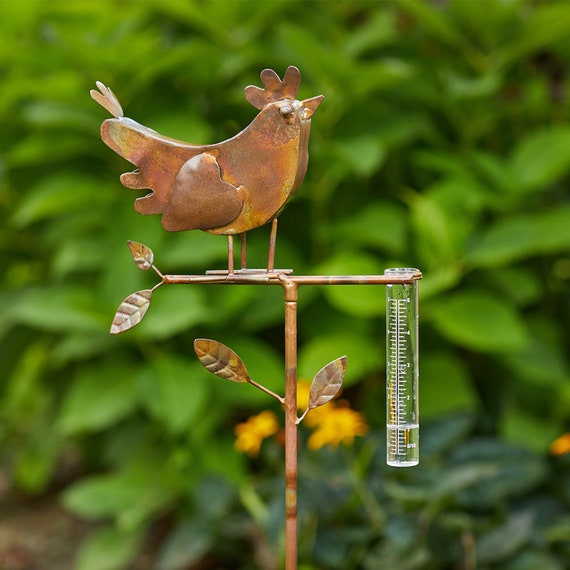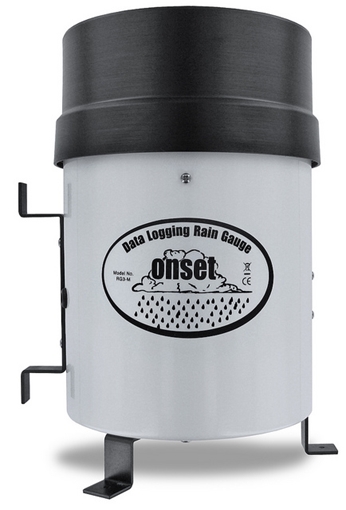Specialist Tips for Using a Rain Gauge to Monitor Citizen Weather Conditions
Specialist Tips for Using a Rain Gauge to Monitor Citizen Weather Conditions
Blog Article
Unveiling the Science Behind Rain Assesses: Exactly How These Gadgets Play an Important Duty in Environment Study and Ecological Monitoring
Rainfall evaluates, seemingly basic devices, hold an extensive significance in the world of climate research and environmental tracking. As we peel back the layers of this scientific shroud surrounding rainfall evaluates, we discover a globe where accuracy, information precision, and careful observation converge to unveil a deeper understanding of our altering climate and its effect on the earth.
Importance of Rainfall Gauges
Rain assesses play a vital duty in monitoring and gauging precipitation levels, giving vital data for environment research and analysis. These devices are basic in measuring the quantity of rainfall that takes place in a particular area over a specific duration. By gauging and collecting rain, rain assesses offer useful understandings right into the circulation and intensity of precipitation, helping meteorologists, hydrologists, and climatologists in understanding weather condition patterns and patterns.
Among the essential reasons why rain determines are vital is their ability to offer local and precise information. Unlike satellite or radar-based dimensions, which supply broader monitorings, rainfall assesses deal accurate details details to the location where they are put. This local information is essential for various applications, including flooding projecting, dry spell monitoring, and water source management. Furthermore, long-term information gathered from rainfall determines helps in assessing environment modification influences and patterns, contributing substantially to scientific study and decision-making processes. In essence, rain gauges work as important tools in the area of weather forecasting and environmental scientific research, playing an important function ahead of time our understanding of climate and environment characteristics.
Kinds Of Rainfall Gauges

Capability and Procedure
In the world of climate research and atmospheric researches, the efficiency of rain assesses depend on their complex performance and precise functional mechanisms. Rain assesses are created to precisely determine the quantity of rainfall that drops over a specific area during a set moved here period. These gadgets commonly include a channel that accumulates rain and channels it right into a determining tube. The gauging tube is noted with calibrated measurements that enable the precise metrology of rains.
The performance of rain evaluates is based upon the principle of gathering and determining rain in a standard manner. This gathered data is crucial for recognizing regional weather patterns, tracking lasting climate fads, and assessing ecological effects. To ensure exact measurements, rainfall assesses need to be purposefully positioned in open locations away from obstructions such as buildings or trees that might disrupt the collection procedure.
The operational element of rainfall determines entails routine upkeep to prevent debris build-up, calibration checks to preserve dimension accuracy, and information recording for analysis (rain gauge). Overall, the capability and procedure of rainfall assesses are necessary for collecting trustworthy precipitation data vital to environment study and ecological monitoring
Role in Environment Study
Given the critical value of precise precipitation dimensions in understanding weather condition patterns and ecological influences, the function of rainfall evaluates in find this climate study is essential. Rain evaluates provide essential information for environment research by evaluating the amount of precipitation that falls over a certain location throughout a provided period. This data is important for checking lasting fads in rainfall patterns, assessing the effect of climate change on rainfall distribution, and enhancing climate versions.

Environment researchers make use of data collected from rain gauges to analyze variations in rainfall degrees, determine regional climate fads, and examine the effectiveness of water source management strategies. By comparing historic rainfall information with existing measurements, scientists can identify changes in rainfall patterns, such as changes in the regularity or strength of rains events. This details is crucial for recognizing just how environment modification is influencing precipitation characteristics and can aid policymakers make educated choices regarding adjustment and reduction approaches.
Applications in Ecological Tracking

In flooding projecting, rain scale data aids to track rainfall intensity and circulation, permitting authorities to release prompt warnings and take essential measures to mitigate flooding risks (rain gauge). Dry spell surveillance counts on rainfall scale information to evaluate moisture levels in the soil and track precipitation deficits, aiding in the identification of drought-prone locations and the implementation of drought reaction methods
Additionally, rain gauge information plays a vital role in water resource administration by supplying information on water accessibility and use trends. Furthermore, in agriculture, rainfall gauge data helps farmers in enhancing watering timetables, crop choice, and total ranch management techniques based on local precipitation patterns.
Final Thought
In verdict, her latest blog rainfall evaluates are essential tools for measuring rainfall, providing valuable data for environment research and environmental surveillance. With various types and functionalities, rainfall gauges play an essential function in recognizing rainfall patterns and their influence on the environment. By precisely gauging rainfall, these devices add to the development of scientific understanding and assistance in making educated choices relevant to water resource administration and catastrophe preparedness.
Rain determines play a crucial function in surveillance and determining rainfall levels, supplying vital information for environment research study and evaluation. The basic rainfall gauge, recognized as the "tipping pail" scale, is one of the most commonly utilized tools. Ultrasonic rainfall gauges usage noise waves to find the visibility of rain, providing real-time data on precipitation levels.Climate researchers use data accumulated from rainfall assesses to examine variations in rainfall levels, recognize regional climate patterns, and examine the effectiveness of water source management methods.In conclusion, rainfall gauges are crucial devices for determining precipitation, giving important data for climate research study and ecological monitoring.
Report this page